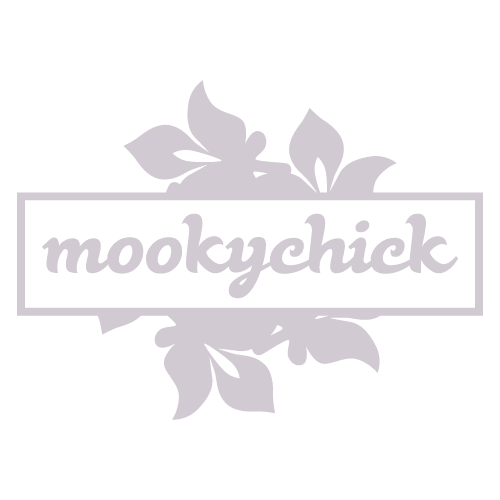Twilight vampires

Instead of the familiar garlic/ash/sunlight/silver-fearing vampies of traditional lore, Stephanie Meyer has broken with tradition to present us with a bunch of superhuman sparkle fairies. Is it a premise taken too far… or not far enough?
As a fan of vampire literature, I was delighted when my friends told me about this new-fangled book called “Twilight.” It was the talk of my sleepy beach town; a rarity, since vampire media hardly ever meet with much success in the mainstream world (barring one or two Hollywood films in the last decade).
Unfortunately, Stephanie Meyer’s whimsical world of vampire lore… Shocked me. I had not expected ‘Twilight’ to take established vampire lore and re-craft it with all the care and attention of a giggling otaku on fanfiction.net.
Instead of beautifully twisted creatures of the night, whose mythological traits are backed up by a degree of internal logic, Stephenie Meyer has created a world of indestructible “Sparkle Fairies”.
Traditionally, vampire mythology states that vampires stay away from humans (when they’re not the night’s main course) because of their aversions to garlic, silver, ash wood, exposure to sunlight, and a stake to the heart. Since humanity has the power to kill them, vampires hide away and isolate themselves. Secrecy becomes essential to their lives.
In contrast, Stephanie Meyer crafts her brand of vampire with virtually no weaknesses. Her vampires can venture out into sunlight, have superhuman strength and speed, impenetrable skin and even unique gifts, like Alice’s ability to foresee the future.
It makes no sense that these sparkly superhumans take a back seat to humanity, or that they’re content with their own secret societies. After reading their opinions on the human race and discovering the attitudes of the vampire ruling class (“Volturi”), it isn’t logical that they haven’t made some attempt to take over the world and breed humans for the sole purposes of food, mates, and production of new vampires.
Stephanie Meyer was quoted in an article as saying that she didn’t bother to research on vampire lore…. And it shows.
In fact, the book is riddled with illogic. A fictional world doesn’t have to be believable in the sense that it corresponds to natural and social laws as we know it. It does, however, have to have its own internal logic – one that makes you believe this fictional world is real, could really exist.
In the first book, Stephanie Meyer specifically said that vampires couldn’t produce children. Fine. In her rewriting of the vampire lore, the reader now believes this is true. Yet a few books down the line, Bella is pregnant with baby Nessie. How can this be? Edward’s babymakers shouldn’t even be functioning to produce children, as it’s said that “venom” replaces just about all of the fluids in a vampire’s body. By following the laws of biology, if sperm had impregnated Bella, then Nessie would be a normal cherub-faced little girl. If the sperm were vampire venom, then Bella would presumably have become a vampire. A women’s uterus is not some impenetrable super tank. Surely some of the venom would have seeped through the uterus wall and turned her into a vampire?
J.K.Rowling is cited as saying she knew exactly how the Harry Potter saga (another hype-laden hugely successful fantasy saga, and therefore appropriate to compare with Twilight) would end – she’d fully plotted it from the very start.
If only Meyer had done the same, and broken away from traditional vampire lore to create a new and sturdy version of vampire mythology that would stand the test of time. While I am glad to see one of my favorite genres become more openly accepted, it pains me to see it treated so carelessly. If Stephanie Meyer had done her research (and gotten a better editor), then maybe she could have written a series truly deserving of its hype.

